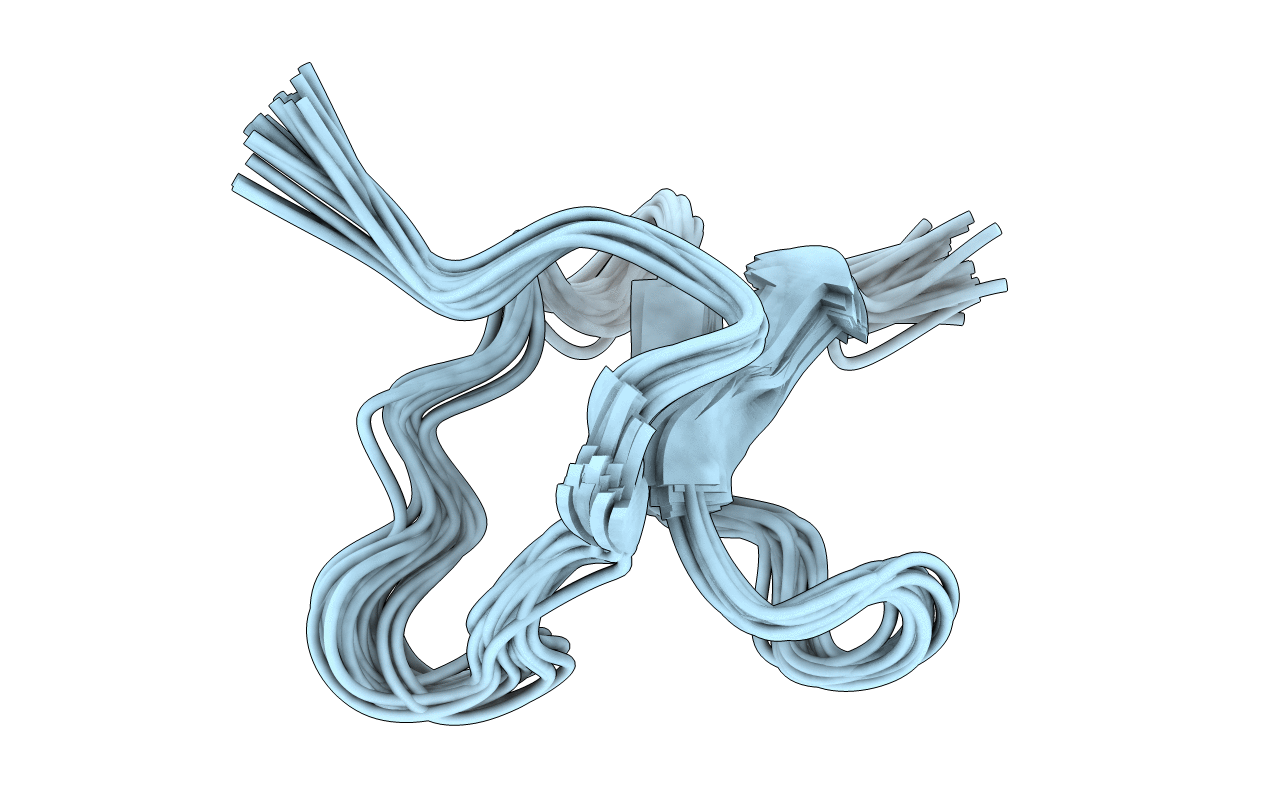
Deposition Date
2017-07-06
Release Date
2017-09-13
Last Version Date
2024-11-20
Method Details:
Experimental Method:
Conformers Calculated:
50
Conformers Submitted:
20
Selection Criteria:
structures with the lowest energy


